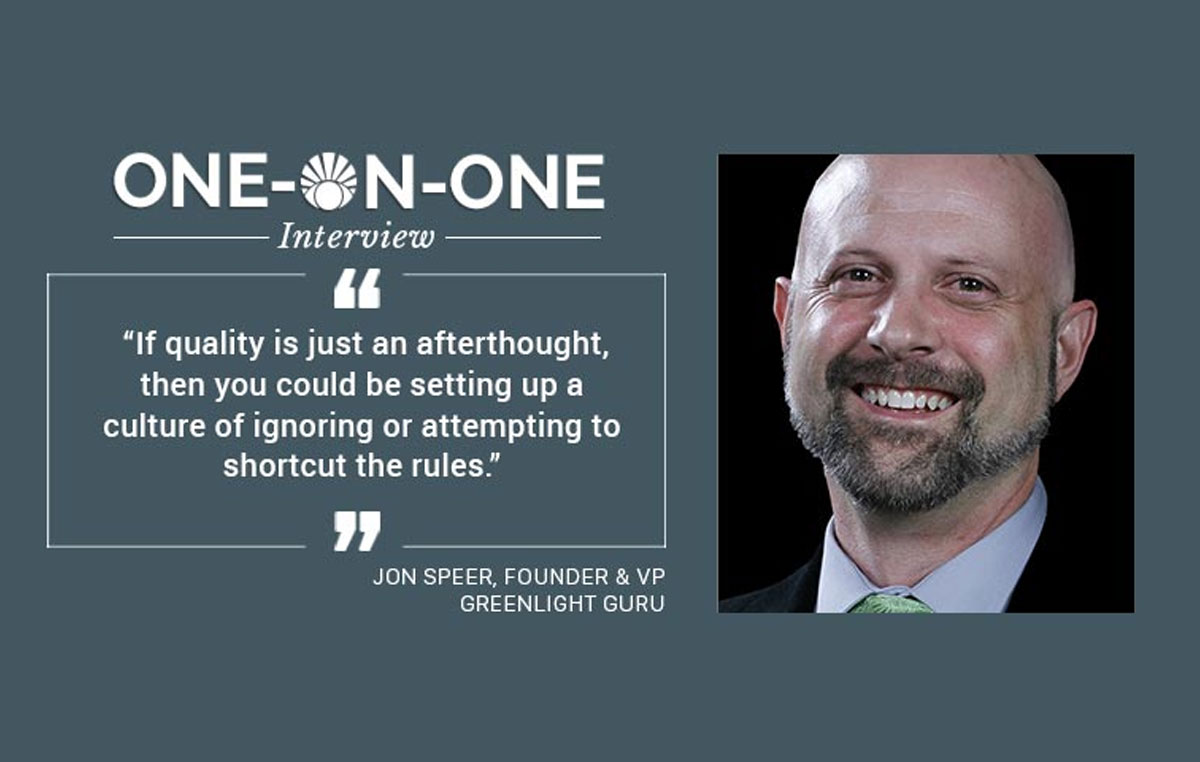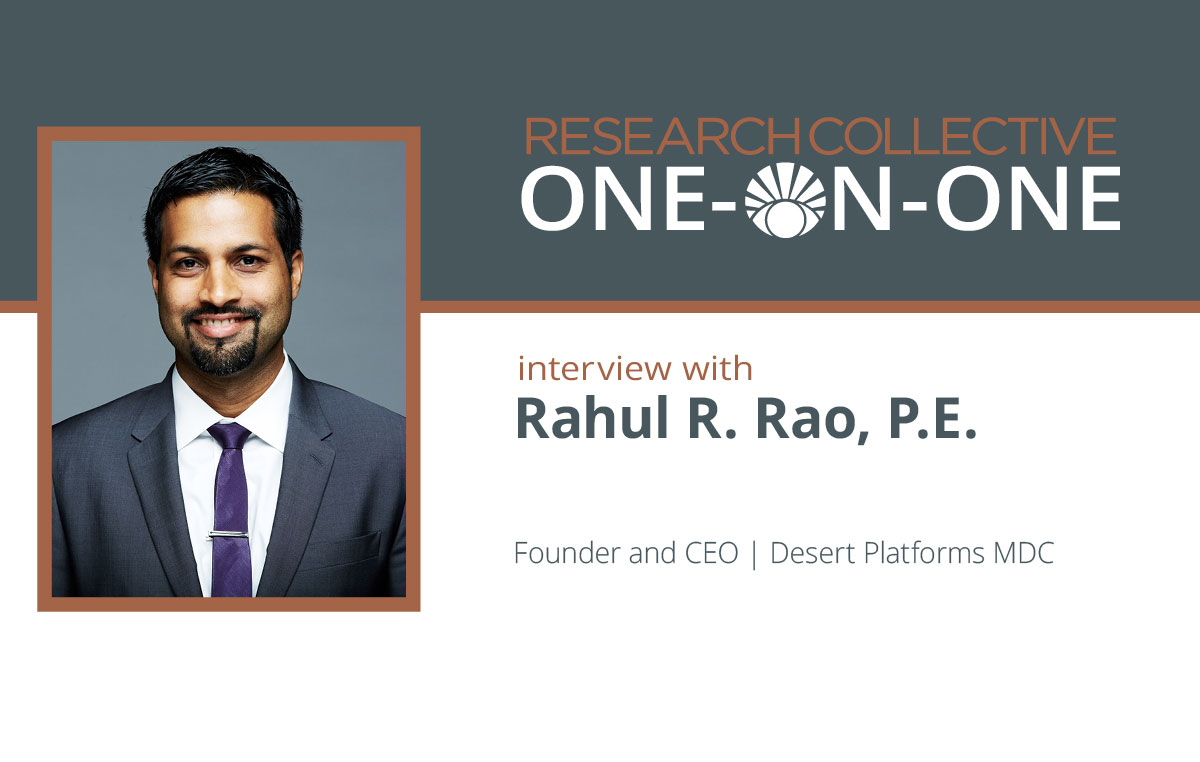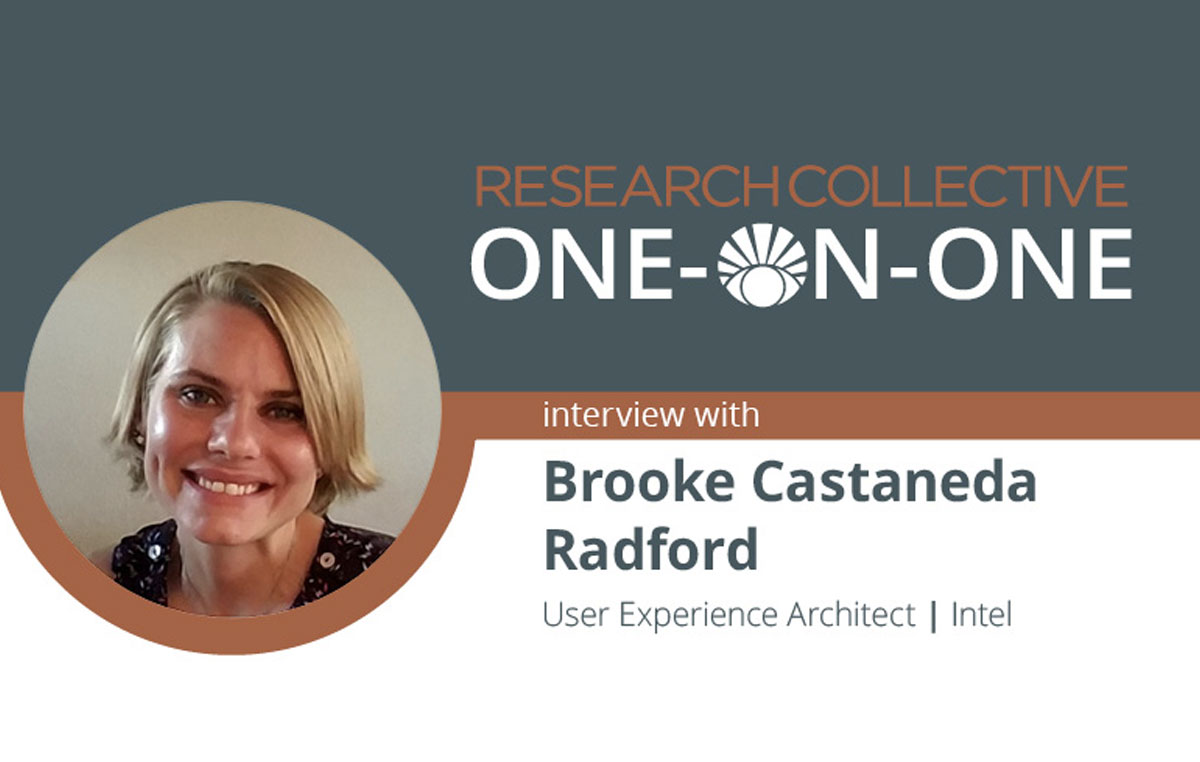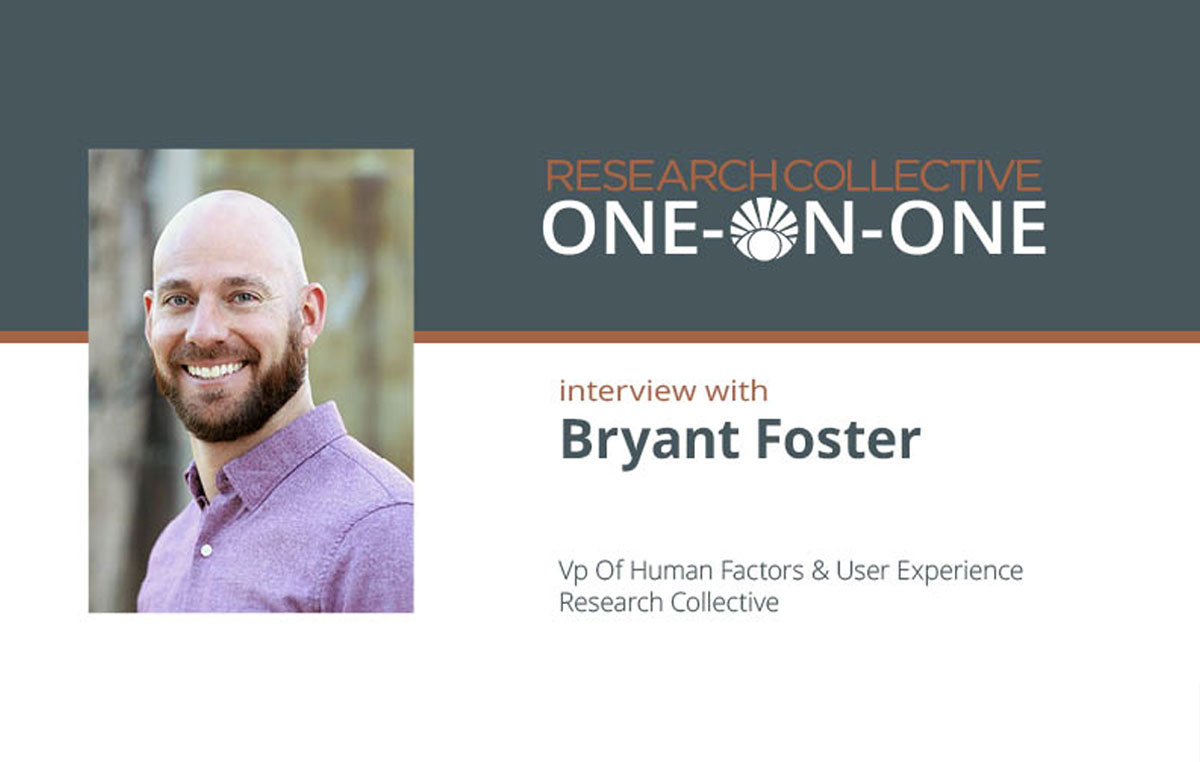Introduction
The medical device industry certainly goes through a lot of change while having a significant focus on regulatory issues. One person who is very familiar with all of this is Jon Speer, founder and VP of QA at Greenlight Guru. Russ caught up with Jon recently to ask a few questions about Greenlight Guru and obtain his views on the current regulatory environment and challenges for medical device companies. Here’s what we learned:
Founding Greenlight Guru
Russ: When you founded Greenlight Guru, was there a specific problem that you identified that led to an ‘aha!’ moment and propelled your decision to start Greenlight Guru?
Jon: Yes! I had been consulting for medical device companies for a long time and came across many smaller companies that were developing a product, putting in a quality system or both. We would explore different software or means of implementing a quality system and it was challenging to find something that worked for the unique needs of the medical device industry.
We would usually end up with one of two solutions:
-
- A paper-based system. It was just easier to set up than most of the other options. We were also under the illusion that we could still scale the paper-based system easily enough!
- A hybrid option. This might involve setting up shared Dropbox folders or something similar to electronically store documentation.
In either case, the solution was imperfect and frustrating. For everything else out there, computers, software and cloud-based solutions have become the norm. What about quality systems for medical device compliance?
We needed a solution with better traceability of product development, maintaining a design history file and ensuring it’s all up to date. We needed a simple workflow that was easy to setup and met FDA requirements. Greenlight Guru got its start with that design control workflow.
This is actually something I had been kicking around nearly a decade ago with Dave DeRam, but Greenlight Guru as we know it today, has been around for about five years.
Regulatory Changes
Russ: What are some of the biggest regulatory changes affecting the industry right now?
Jon: The medical device industry currently faces challenges that it has never faced before. Some of these are reflected in regulatory changes, such as ISO 13485:2016, for which we’re currently in the second year of implementation.
Another big change that became evident about a year ago is the EU MDR. The expectations are now quite significant for some product areas, adding additional regulatory requirements.
The single audit program is another big change. Health Canada has mandated medical device companies use the MDSAP audit as of January 1st, 2019. This is a big deal for smaller companies as it adds significant cost and regulatory burden to their entry into the Canadian market.
Avoiding Headaches
Russ: What is the most important thing for a startup device company to do to avoid headaches in the future?
Jon: Don’t think that you can address all your quality and regulatory requirements at a later time! You need to start building your quality management infrastructure early. Understand the requirements that we need to meet as medical device professionals and put them front and center.
Even during product development, you need to start building this foundation. Maintaining thorough and up-to-date design controls is one example. All too often, the big mistake startups make is putting off getting started on their documentation, thinking they should wait until they’re going for regulatory clearance. This leads to scrambling around to get everything together and possibly having to do duplicate work.
Not only do you want to avoid costly mistakes, but it’s important to start out with the right attitude, systems and processes in place to set your company up for success. If quality is just an afterthought, then you could be setting up a culture of ignoring or attempting to shortcut the rules.
Design and Development Mistakes
Russ: What are some of the biggest mistakes you see people making in the design and development process?
Jon: Rushing is probably one of the biggest mistakes. Product development practices are a leading indicator of your future product performance. There are things you can do during the development process to avoid complaints after launch, yet we’re often in such a rush that we’re not as thorough as we can be.
Establish your design inputs thoroughly and spend a bit more time truly understanding how the product works. Some startups find one or two people with specific needs and assume that those people are representative of the market. This often leads to a product that suits the needs of only those two people rather than a wider market. It is worth spending more time on this and identifying the size and scope of your market!
Human Factors Mistakes
Russ: What are the biggest mistakes you see people making in their human factors process?
Jon: They often don’t do it! More specifically, people need to get better educated on human factors.
We often know enough about human factors to be dangerous, so to speak, meaning it can be a “checkbox” activity but with no real meaning being derived or learned by the company. Human factors play a key role as patients or end-users interface with your final product, which is why issues, such as usability and understanding from the user’s perspective, need addressing thoroughly.
The key is to spend the time understanding how the product is used, as I mentioned in the last section. A lot of misunderstandings arise because this part is not done well and assumptions are made that may prove to be faulty.
Thoughts about the Medical Device Industry
Russ: What do you think about the device industry that others may not agree with?
Jon: I think we’ve made it too complicated. We have made practices and procedures that are disenfranchising people. I talk to engineers about this every day and often hear stories about how they get caught up in “requirements”.
One person that I spoke with recently was saying; “I have the product requirements, system requirements, sub-system requirements, hardware requirements and firmware requirements. Each one was a separate document and they were making my head spin.”
No wonder people are struggling to keep up. We create so many rules and layers of play that we have over-complicated it. I realize some people think we need more layers, but I would ask, “What step can you remove from your process to make it easier? Don’t let the process get in the way.”
 Jon Speer, Founder and VP of QA/RA, Greenlight Guru
Jon Speer, Founder and VP of QA/RA, Greenlight Guru
Jon Speer is the founder and VP of QA/RA at Greenlight Guru, a software company that produces the only modern quality management software solution exclusively for medical device companies. Device makers in more than 500 cities in 25 countries use Greenlight Guru to get safer products to market faster while pushing beyond compliance to True Quality.
Jon is a medical device industry veteran with over 20 years experience having helped dozens of devices get to market over his career in a variety of roles including product development, project management, quality and regulatory. He is a thought leader, speaker and regular contributor at numerous leading industry publications like MedCity News, MD+DI, Quality Digest and more. He is also the host of the #1 most downloaded podcast in the industry, The Global Medical Device Podcast.
For more resources on Medical Device Human Factors please check out our blog and YouTube channel.




